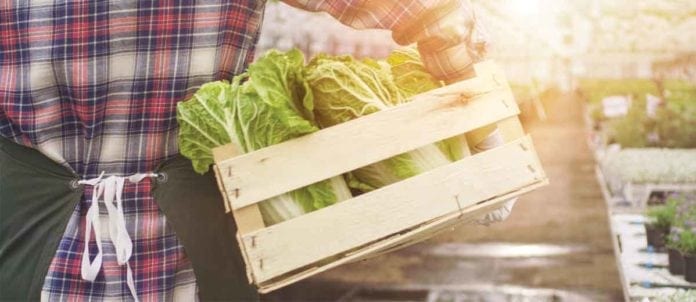When it comes to sourcing local products, chefs and operators need a strategy to navigate local waters. According to Megan Hunter, director, Engagement and Digital Strategy at the Toronto-based Greenbelt Fund, a useful first step is scanning current product orders. “If you buy through a distributor, examine your Velocity Report. It will break down what you purchase and tell you what’s from Ontario. That will paint a picture of what local [sourcing] you might already be doing.”
Starting from nothing can be tricky, according to Aaron Clyne, executive chef at B Hospitality, based in Cambridge, Ont. He recommends breaking in close to home and with what you know. “We started by visiting farmers’ markets in this region. When we stumbled across a product that I liked, we asked questions about it. Just make sure you’re speaking with the producer or farmer,” Clyne says.
No matter where your restaurant is, there’s likely some sort of sourcing organization, such as Foodlink or Local Line, that can provide leads, but chefs should also look for local-food maps and food-tour organizations. “That’s a good way to get introduced to local sources,” says Clyne. As well, there are more than 100 certified FeastON restaurants in Ontario — restaurants dedicated to using Ontario ingredients — so he recommends checking their menus for local suppliers.
For example, Cascata Bistro in Carlisle, Ont., is FeastON certified. Its chef, Paul Gauthier, says farmers’ markets are “the best bet” if you don’t have connections. “Some smaller farmers have a bit of rental land and are doing [community-supported agriculture]. I’ve spoken with a couple of them and take their extra produce and do some cool menu features. I’m working with some growers who sell at the Waterdown Market and they’re growing some interesting ingredients.”
Once you find local, Flanagan Foodservice director of Procurement Pete Bozzer warns not to handcuff your menu. Rather than a chicken and asparagus dish, use the phrase “seasonal vegetable” for flexibility. “According to the season, you can change your menu easily and stay both local and avoid ingredients that come in and out of season quickly,” Bozzer says.
As you make the move, don’t try to do too much at once, Hunter adds; it’s not a zero-sum game. “You don’t have to revamp your entire menu and focus entirely on local in every single product category,” she says.
Finally, be ready for when lady luck plays her hand, notes Clyne. “It turned out that one of our beer reps happened to be a small-scale farmer who was wanting a commitment from a buyer. Some of these smaller producers want a partnership,” he says, adding that building personal relationships is key. “One farmer you work with will recommend another farmer for produce they don’t have,” Clyne says. “Once you get one, the floodgates often open.”
Written by Andrew Coppolino


















